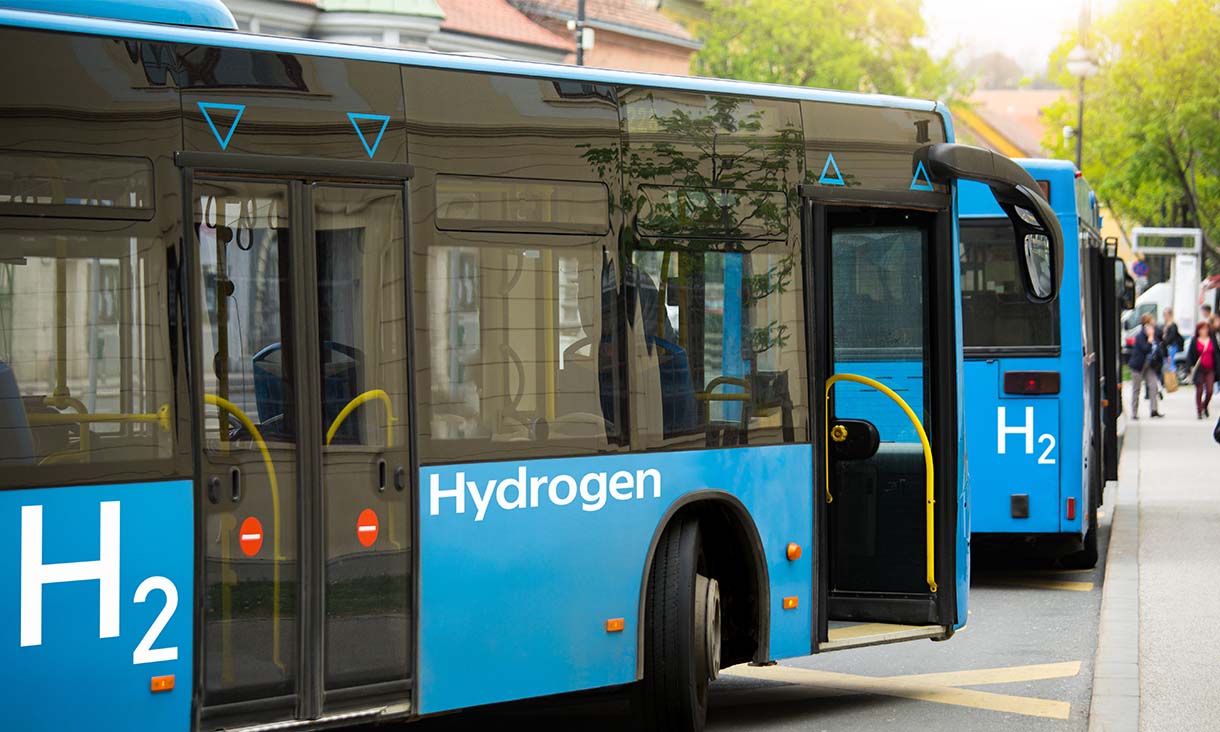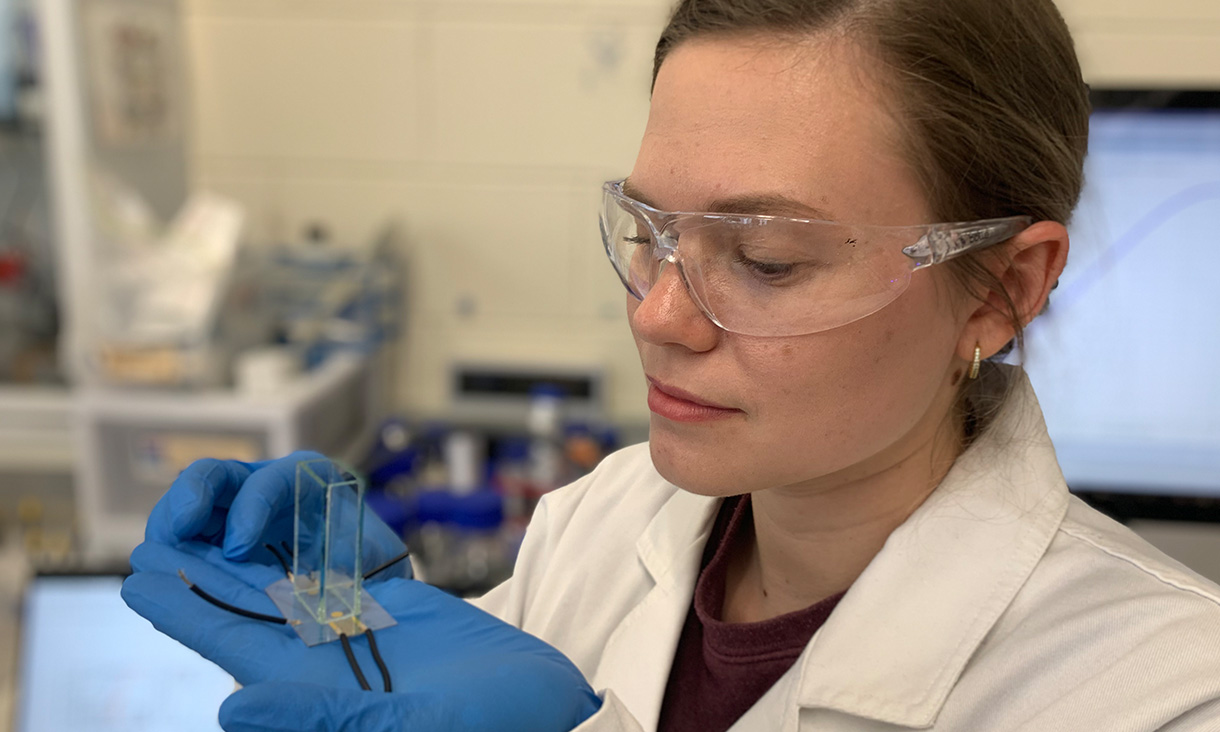
Posted on 12/15/2022 11:12:02 AM PST by Red Badger
They say their invention offers a promising way to tap into a plentiful supply of cheap hydrogen fuel for transportation and other sectors, which could radically reduce carbon emissions and help fight climate change.
By using high-frequency vibrations to “divide and conquer” individual water molecules during electrolysis, the team managed to split the water molecules to release 14 times more hydrogen compared with standard electrolysis techniques.
Electrolysis involves electricity running through water with two electrodes to split water molecules into oxygen and hydrogen gases, which appear as bubbles. This process produces green hydrogen, which represents just a small fraction of hydrogen production globally due to the high energy required.
Most hydrogen is produced from splitting natural gas, known as blue hydrogen, which emits greenhouse gases into the atmosphere.

The team's invention offers a promising way to tap into a plentiful supply of cheap hydrogen fuel for transportation and other sectors, which could radically reduce carbon emissions and help fight climate change. Credit: Adobe Stock
Associate Professor Amgad Rezk from RMIT University, who led the work, said the team’s innovation tackles big challenges for green hydrogen production.
“One of the main challenges of electrolysis is the high cost of electrode materials used, such as platinum or iridium,” said Rezk from RMIT’s School of Engineering.
“With sound waves making it much easier to extract hydrogen from water, it eliminates the need to use corrosive electrolytes and expensive electrodes such as platinum or iridium.
“As water is not a corrosive electrolyte, we can use much cheaper electrode materials such as silver.”
The ability to use low-cost electrode materials and avoiding the use of highly corrosive electrolytes were gamechangers for lowering the costs of producing green hydrogen, Rezk said.
The research is published in Advanced Energy Materials. An Australian provisional patent application has been filed to protect the new technology.
First author Yemima Ehrnst said the sound waves also prevented the build-up of hydrogen and oxygen bubbles on the electrodes, which greatly improved its conductivity and stability.
“Electrode materials used in electrolysis suffer from hydrogen and oxygen gas build-up, forming a gas layer that minimises the electrodes’ activity and significantly reduces its performance,” said Ehrnst, a PhD researcher at RMIT’s School of Engineering.
As part of their experiments the team measured the amount of hydrogen produced through electrolysis with and without sound waves from the electrical output.
“The electrical output of the electrolysis with sound waves was about 14 times greater than electrolysis without them, for a given input voltage. This was equivalent to the amount of hydrogen produced,” Ehrnst said.

PhD researcher Yemima Ehrnst holding the acoustic device the research team used to boost the hydrogen production, through electrolysis to split water. Credit: RMIT University
The potential applications of the team’s work
Distinguished Professor Leslie Yeo, one of the lead senior researchers, said the team’s breakthrough opened the door to using this new acoustic platform for other applications, especially where bubble build-up on the electrodes was a challenge.
“Our ability to suppress bubble build-up on the electrodes and rapidly remove them through high-frequency vibrations represents a major advance for electrode conductivity and stability,” said Yeo from RMIT’s School of Engineering.
“With our method, we can potentially improve the conversion efficiency leading to a net-positive energy saving of 27%.”
Next steps
While the innovation is promising, the team needs to overcome challenges with integrating the sound-wave innovation with existing electrolysers to scale up the work.
"We are keen to collaborate with industry partners to boost and complement their existing electrolyser technology and integrate into existing processes and systems," Yeo said.
"Acoustically-Induced Water Frustration for Enhanced Hydrogen Evolution Reaction in Neutral Electrolytes" is published in Advanced Energy Materials (DOI: 10.1002/aenm.202203164).
https://onlinelibrary.wiley.com/doi/10.1002/aenm.202203164
The co-authors are Yemima Ehrnst, Amgad Rezk and Leslie Yeo from RMIT and Peter Sherrell from the University of Melbourne.
Oh, the EnviroNazis love that...
The article states "14 times more hydrogen compared with standard electrolysis techniques."
So what standard electrolysis techniques (source of hydrogen, power rate, electrode area, energy consumption) are being compared? Does the invention produce 14 times more hydrogen than standard electrolysis techniques using the same amount of energy?
“The electrical output of the electrolysis with sound waves was about 14 times greater than electrolysis without them, for a given input voltage.
Same input voltage, 14 times more hydrogen.....how much more efficient is it really?
Drs. Egon Spengler and Ray Stanz pioneered sound technology to transform negative energy in the form of pink slime to positive energy that could make inanimate objects move including a toaster and Lady Liberty
Once again, a most unusual engineering approach is being proposed, without a thought of how to get from point A, the proposition for processing the raw materials, to point B, the realization of profits from the enterprise. Several gaps in their reasoning.
What is the power source for both the electrolysis of water, and the propagation of the sound waves that is supposed to make this process “more efficient”? What is the “multiplier” that makes the process “more efficient”?
Pixie dust and unicorn poop just isn’t to make make it work. Imaginary power sources may be in great demand, but supply is extremely short.
Good deal now we don’t have to worry about the oceans rising keep the pumps going Moe.
The simplest number to understand would be the price of 1kg of hydrogen extracted using the new method.
No price mentioned, difficult to assess their achievement.
Add to the list of periodic battery breakthroughs for the last 10 years, all never heard of again. Pray God this one works.
Disclaimer: Opinions posted on Free Republic are those of the individual posters and do not necessarily represent the opinion of Free Republic or its management. All materials posted herein are protected by copyright law and the exemption for fair use of copyrighted works.